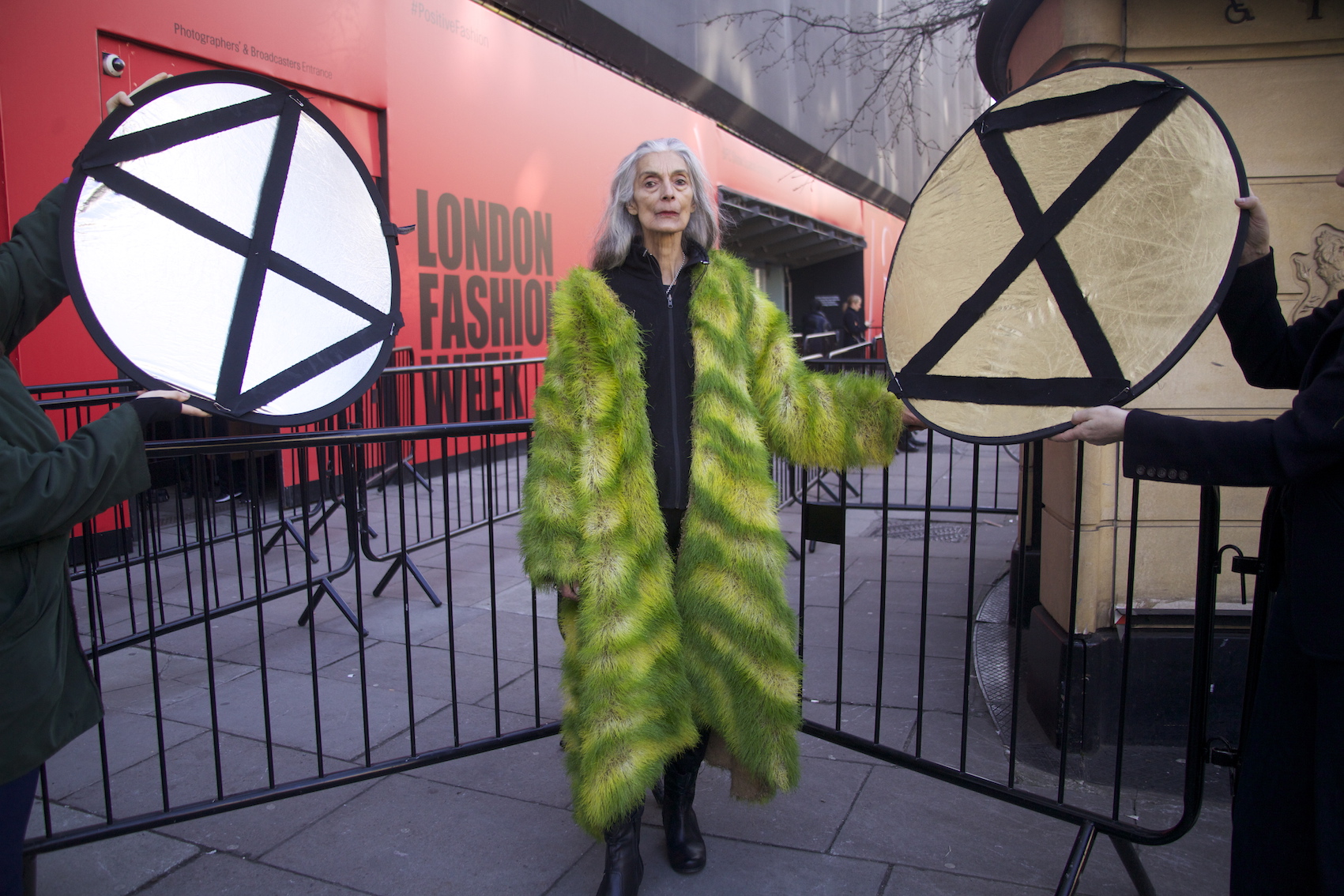
The fashion industry, long lauded for its creativity and trendsetting power, now faces a harsh reality check. The G7, a group of leading industrialized nations, recently took a significant step towards addressing the industry's substantial environmental impact. This article delves into the intricate relationship between fashion, climate change, and the G7's evolving approach.
Fashion's environmental footprint a concern
The environmental cost of clothing is staggering. A McKinsey report reveals that textile production generates more greenhouse gases annually than international flights and maritime shipping combined. Fast fashion, characterized by mass-produced, low-cost garments with short lifespan, is a major culprit. Environmental groups highlight the excessive water consumption, hazardous chemical use, and overflowing landfills in developing countries burdened with textile waste. The European Environment Agency emphasizes the urgency for a "circular economy" focused on reuse and repurposing materials to meet climate goals.
G7 Steps Up focus on sustainability
The G7's statement on April 30, 2024, marks a turning point. This is the first time the group has explicitly addressed the environmental impact of textiles. French minister Christophe Bechu emphasized the need for a "more circular" fashion industry, with a focus on recycling and reducing waste.
It's expected to lead to concrete actions, including:
• Increased producer responsibility: This could involve holding clothing manufacturers accountable for the environmental impact of their products throughout the lifecycle.
• Improved supply chain transparency: Greater visibility into production processes can help identify and address environmental issues.
The road to sustainability
Indeed, the road to a sustainable fashion industry won't be easy and is fraught with challenges:
Changing consumer behavior: Moving away from the fast-fashion mentality and encouraging a "buy less, buy better" approach.
Innovation in textile production: Developing new, eco-friendly materials and production processes.
Strengthening regulations: Implementing stricter environmental standards for the fashion industry.
Supply chain transformation: Encouraging responsible practices throughout the entire production chain, from raw material sourcing to manufacturing and disposal.
While the G7's statement is a significant step, it's not the first time sustainability has been addressed in fashion. The Fashion Pact, a voluntary initiative signed by leading fashion companies, aims to achieve specific goals in climate, biodiversity, and ocean protection. The success of these efforts depends on collaboration between governments, industry leaders, and consumers. By shifting towards circular models, embracing innovation, and making conscious choices, the fashion industry can become a force for positive change.












